
Michael Collins
出生 : 1930-10-31, Rome, Italy
死亡 : 2021-04-28
略歴
From Wikipedia, the free encyclopedia.
Michael Collins (born October 31, 1930 in Rome, Italy) was a former American astronaut and test pilot. Selected as part of the third group of fourteen astronauts in 1963, he flew in space twice. His first spaceflight was Gemini 10, in which he and command pilot John Young performed two rendezvous with different spacecraft and Collins undertook two EVAs. His second spaceflight was as the command module pilot for Apollo 11. While he orbited the Moon, Neil Armstrong and Buzz Aldrin made the first manned landing on the lunar surface. He is one of only 24 humans to have flown to the Moon.
Prior to becoming an astronaut, he had attended the United States Military Academy, and from there he joined the United States Air Force and flew F-86s at Chambley-Bussieres Air Base, France. He was accepted to the USAF Experimental Flight Test Pilot School at Edwards Air Force Base in 1960. He unsuccessfully applied for the second astronaut group but was accepted for the third group.
After retiring from NASA in 1970 he took a job in the Department of State as Assistant Secretary of State for Public Affairs. A year later he became the director of the National Air and Space Museum. He held this position until 1978 when he stepped down to become undersecretary of the Smithsonian Institution. In 1980 he took the job as Vice President of LTV Aerospace. He resigned in 1985 to start his own business.
He was married to Patricia until her death in April 2014, and they had three children: Kate, Ann, and Michael, Jr.
Description above from the Wikipedia article Michael Collins(astronaut), licensed under CC-BY-SA, full list of contributors on Wikipedia.

Himself (archive footage)
Despite being on the mission to the Moon, Michael Collins is not a household name like Armstrong or Aldrin, and this documentary goes into what Collin's life was like in and out of the space program.

Himself
Summer 1969. The astronauts of Apollo 11 successfully land and walk on the moon. The crew will now quarantine for 21 days following contact with lunar material.
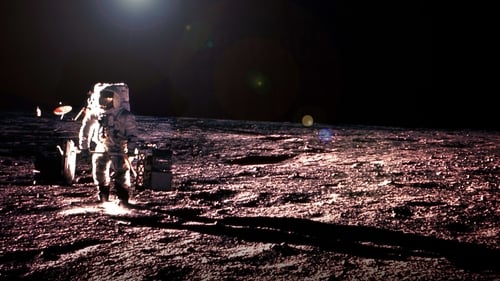
Self (voice)
Recently discovered footage reveals the secret history of NASA's first landing on the moon, and using this brand-new evidence, former astronauts and experts challenge everything known about the Apollo missions.
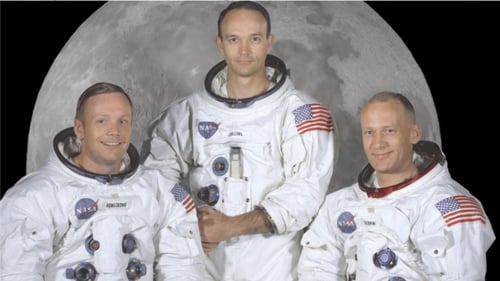
Self (archive footage)

A collection of excerpted on-screen interviews with fifteen of the Apollo astronauts.
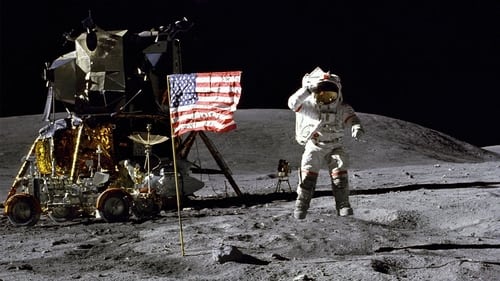
“Chasing the Moon,” a film by Robert Stone, reimagines the race to the moon for a new generation, upending much of the conventional mythology surrounding the effort. The series recasts the Space Age as a fascinating stew of scientific innovation, political calculation, media spectacle, visionary impulses and personal drama. Utilizing a visual feast of previously overlooked and lost archival material — much of which has never before been seen by the public — the film features a diverse cast of characters who played key roles in these historic events.
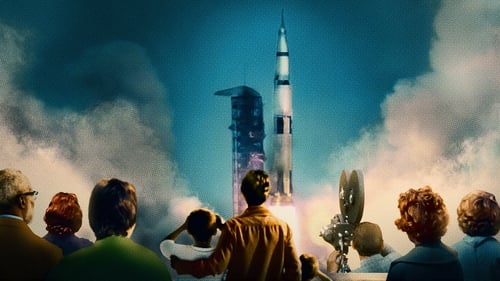
Self
On July 16, 1969, hundreds of thousands of spectators and an army of reporters gathered at Cape Kennedy to witness one of the great spectacles of the century: the launch of Apollo 11. Over the next few days, the world watched on with wonder and rapture as humankind prepared for its "one giant leap" onto the moon--and into history. Witness this incredible day, presented through stunning, remastered footage and interviews that takes you behind-the-scenes and inside the spacecraft, Mission Control, and the homes of the astronaut's families.
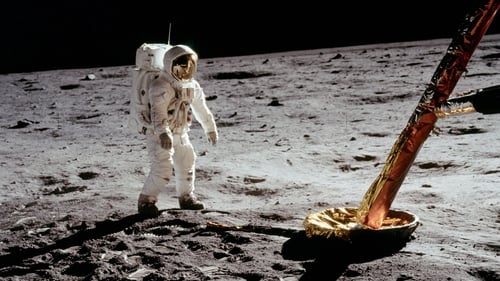
Self (archive footage)
A look at the Apollo 11 mission to land on the moon led by commander Neil Armstrong and pilot Buzz Aldrin.

Himself
Neil Armstrong's family and friends, many of whom have never spoken publicly before, tell the story of the first man to set foot on the moon. Drawing heavily on unbroadcast archive footage and the unique perspectives of the contributors, this is an exclusive account of Neil Armstrong's extraordinary life story. From his childhood during America's Great Depression to the heady days of the space programme, his historic first step on the Moon and his famously private later life. Seen through the eyes of those who were with him, the film explores the man behind the myth, a man who was very much a product of his time. The film goes beyond his days as an astronaut and shows that his life after the flight of Apollo 11 was, in many ways equally challenging, as Armstrong came to terms with life outside NASA and the relentless demands of fame until his death in August 2012.

Old Man
As a fan of Albert Camus and Jean-Luc Godard, teenage Nick Twisp is definitely out of his element when his mother and her boyfriend move the family to a trailer park. When a pretty neighbor named Sheeni plays records by French crooners, it's love at first sight for frustrated and inexperienced Nick. Learning that she is dating someone, Nick launches a hilarious quest to find his way into Sheeni's heart -- and bed.
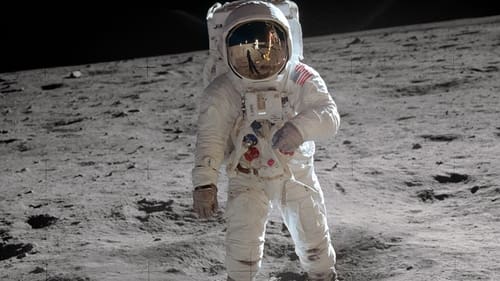
Himself
Archival material from the original NASA film footage – much of it seen for the first time – plus interviews with the surviving astronauts, including Jim Lovell, Dave Scott, John Young, Gene Cernan, Mike Collins, Buzz Aldrin, Alan Bean, Edgar Mitchell, Charlie Duke and Harrison Schmitt.

Himself
Astronauts Gone Wild: An Investigation Into the Authenticity of the Moon Landings is a 2004 documentary film produced and directed by Bart Winfield Sibrel, a Nashville, Tennessee-based filmmaker who charges that the six Apollo Moon landings in the 1960s and 1970s were elaborate hoaxes. Sibrel made this film as a follow-up to his 2001 video A Funny Thing Happened on the Way to the Moon, which accuses NASA of falsifying the Apollo 11 mission photography. The title of the film is a wordplay on the Girls Gone Wild video series.

Self
The Other Side of the Moon features eight Apollo astronauts who intimately share their experience of going to the moon, describing what happened to them while they were there, and how their lives have been shaped by the experience in the 20 years after.

Narrator - Apollo 11 (voice)
A testament to NASA's Apollo program of the 1960s and '70s. Composed of actual NASA footage of the missions and astronaut interviews, the documentary offers the viewpoint of the individuals who braved the remarkable journey to the moon and back.
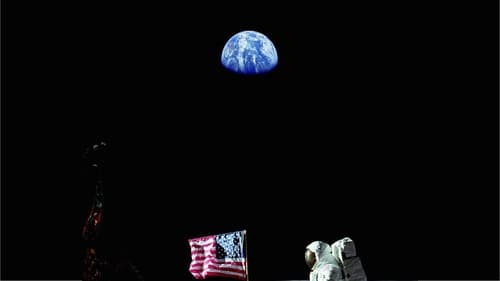
Himself
This documentary by Theo Kamecke from 1970 gives an indepth and profound look at the Apollo 11 mission to the moon. NASA footage is interspersed with reactions to the mission around the world as the film captures the intensity as well of the philosophical significance of the event. Won special award at Cannes. Written by Adam Bernstein .

Himself
1969 documentary film covering the flight of Apollo 11 from vehicle rollout to splashdown and recovery.

Himself
A 1969 documentary on the Apollo 11 mission to the Moon made by NASA, telling the story of the historic first landing of men on the Moon in July, 1969. It depicts the principal highlight events of the mission from launching through post-recovery activities of Astronauts Neil Armstrong, Edwin "Buzz" Aldrin, and Michael Collins. Through television, motion picture and still photography, the film provides an "eye-witness" perspective of the Apollo 11 mission.











